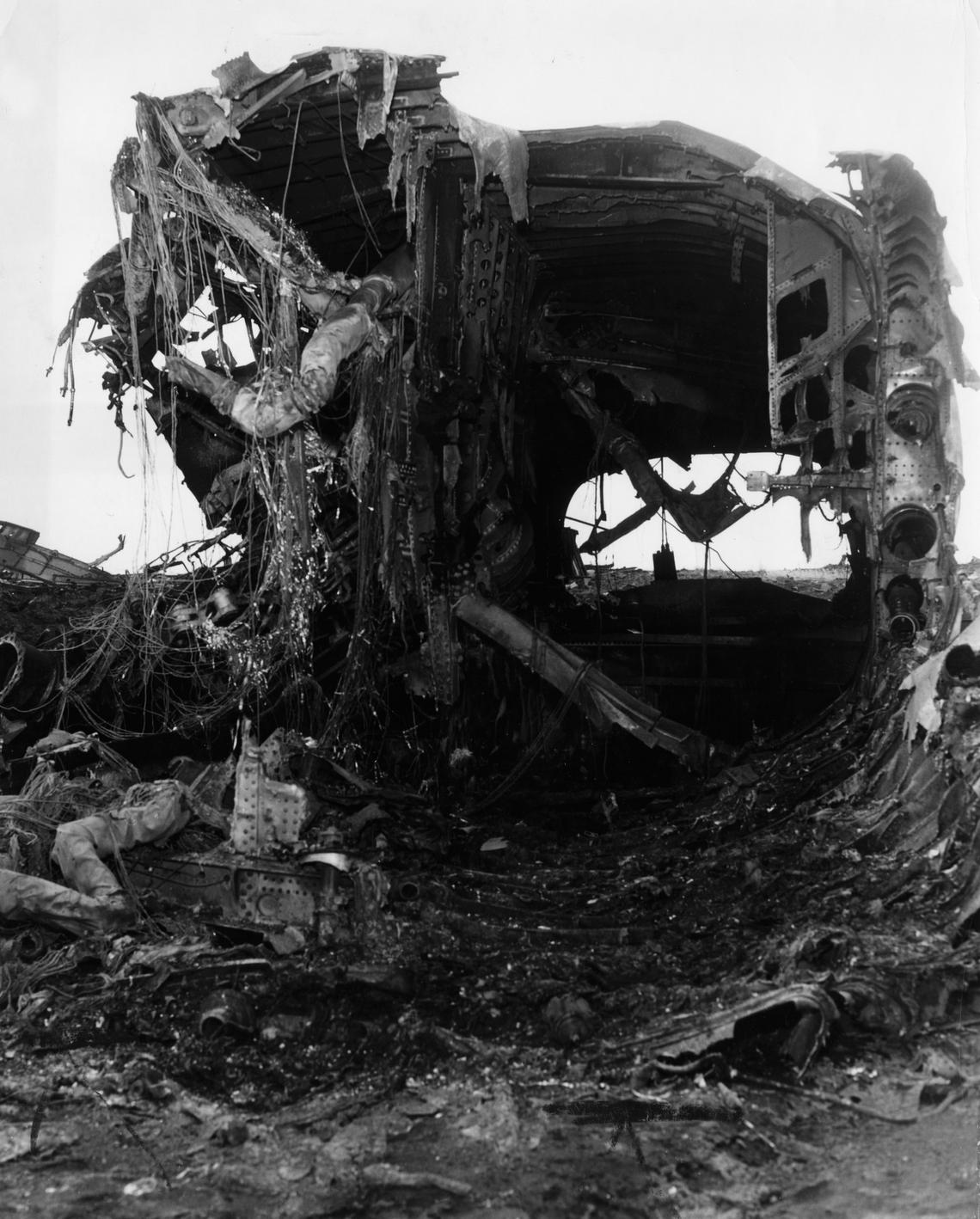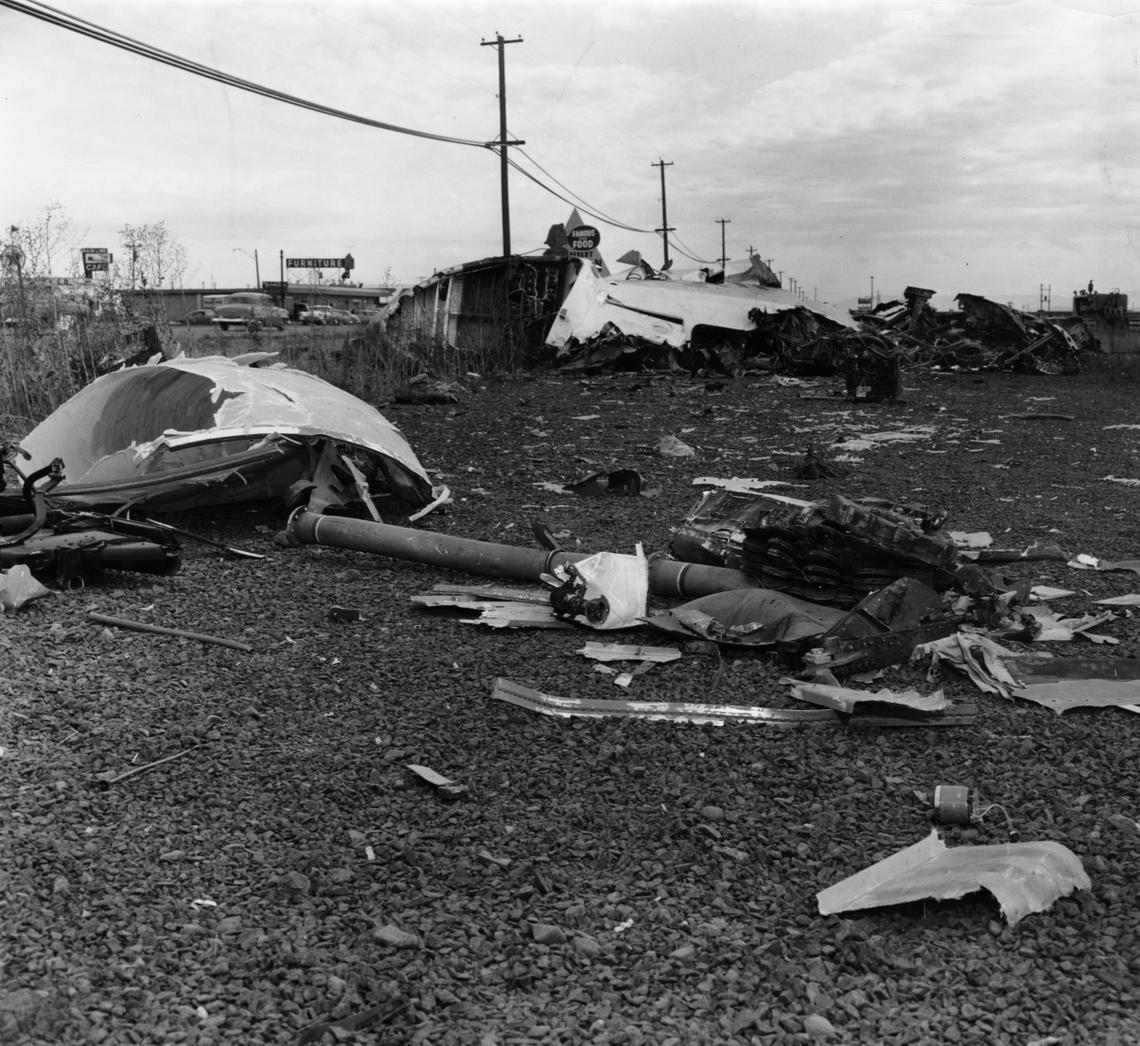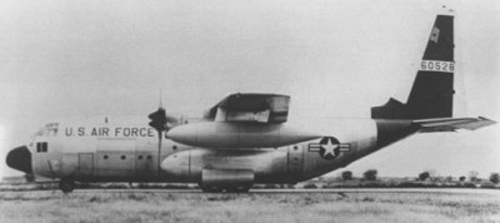Crash of a De Havilland L-20A Beaver in Lauterbach
Date & Time:
Oct 14, 1958 at 0015 LT
Survivors:
Yes
Crew on board:
1
Crew fatalities:
Pax on board:
1
Pax fatalities:
Other fatalities:
Total fatalities:
0
Circumstances:
While cruising by night in limited visibility due to fog, the single engine airplane crashed in a prairie located in Lauterbach, northwest of Fulda. Both occupants were injured while the aircraft was damaged beyond repair.





